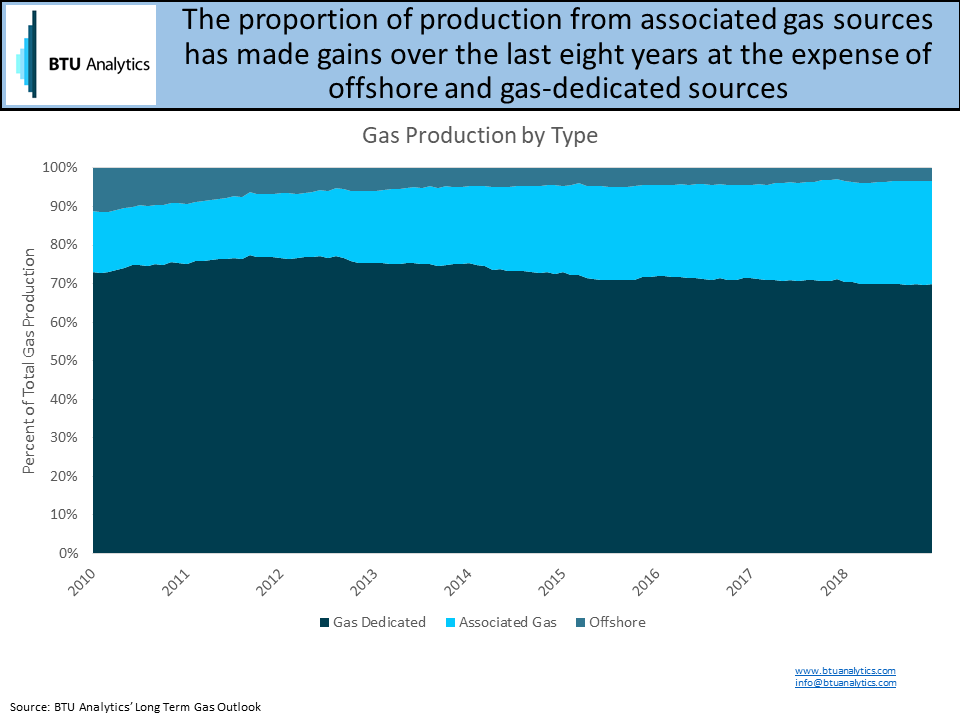While production of US light crude oil is surging, the heavy crude oil market is staring down continued declines out of Venezuela. Venezuela’s state-run PVDSA continues to struggle with dock and loading capacity for Venezuelan crude following the seizure of its deep-water crude oil storage and loading assets. It is now considering a force majeure on some of its June oil exports. Furthermore, difficulty importing light oil and naphtha has led PVDSA to announce that it has halted the operation of two upgraders and plans to stop work on two others. In the meantime, lower Venezuelan exports and production is creating opportunity for other nations to increase supply of heavy oil and backfill supply to countries like the US.
In 2017, US refineries imported an average of 610 Mb/d of heavy Venezuelan crude, which accounted for 29% of total Venezuelan liquids production and 13% of total US heavy crude oil imports. However, in 1Q 2018 US imports of heavy Venezuelan crude dropped to 439 Mb/d and are expected to continue to decline with production.
US imports of Venezuelan crude have been highly correlated to production and as production has declined, so have US imports. If we assume that Venezuela continues to decline at the 1Q 2018 average rate of 65 Mb/d, then that would mean the declines in total production would be equivalent to total US imports 6 months from now.
While US refineries have increased heavy imports from Iraq, Mexico, and Canada to backfill, as shown in the chart below, there are factors that limit the ability for these nations to increase heavy exports to the US. Let’s focus specifically on Canada for a moment.

Canada has been responsible for the largest increase in exports to the US as Venezuelan imports have declined. Unfortunately, Canada has an infrastructure problem. Environmental opposition has delayed Canada’s proposed expansions of existing pipelines. Most recently, the Canadian government purchased the existing TransMountain pipeline system from Kinder Morgan after British Columbia continued to oppose the pipeline expansion project, preventing construction despite approval from the National Energy Board of Canada. The inability to move proposed pipeline projects forward has resulted in extremely high utilization of existing systems and has required Canadian producers to continue to utilize rail to move both existing and incremental production to market. In March, Canadian crude by rail volumes reached 170 Mb/d and neared historical peaks of 178 Mb/d reached in 2014 prior to oil prices collapsing.

Canadian production is expected to grow by an average of 200 Mb/d in 2018, providing a nearby alternative heavy crude source as Venezuela production continues to decline. However, with the shortage of pipeline capacity expected to persist through at least 2019, the outlook for backfilling declining heavy imports from Venezuela with Canadian volumes looks to be logistically complicated and requires reliance on rail and rail cars that are also in short supply. Additionally, if Venezuela falls more than the incremental 200 Mb/d that Canadian production is expected to grow, this still leaves US refiners looking to other global sources to backfill the average 439 Mb/d imported from Venezuela in 1Q 2018. Could this lead to changes in heavy/light differentials in the Gulf?
Request a sample of BTU Analytics’ Oil Market Outlook to get our most up to date thoughts on the oil markets.








